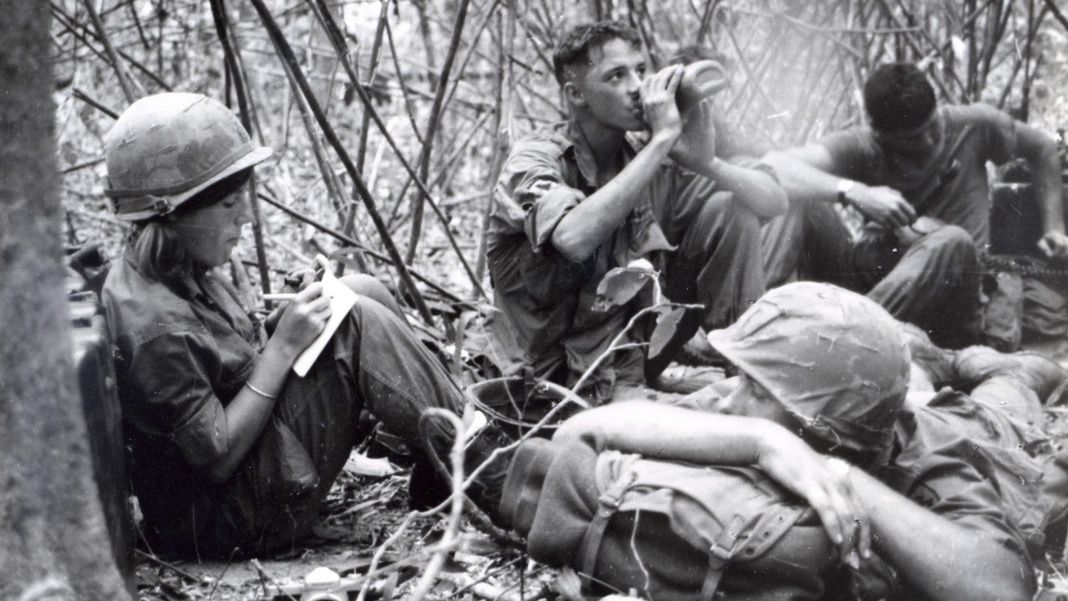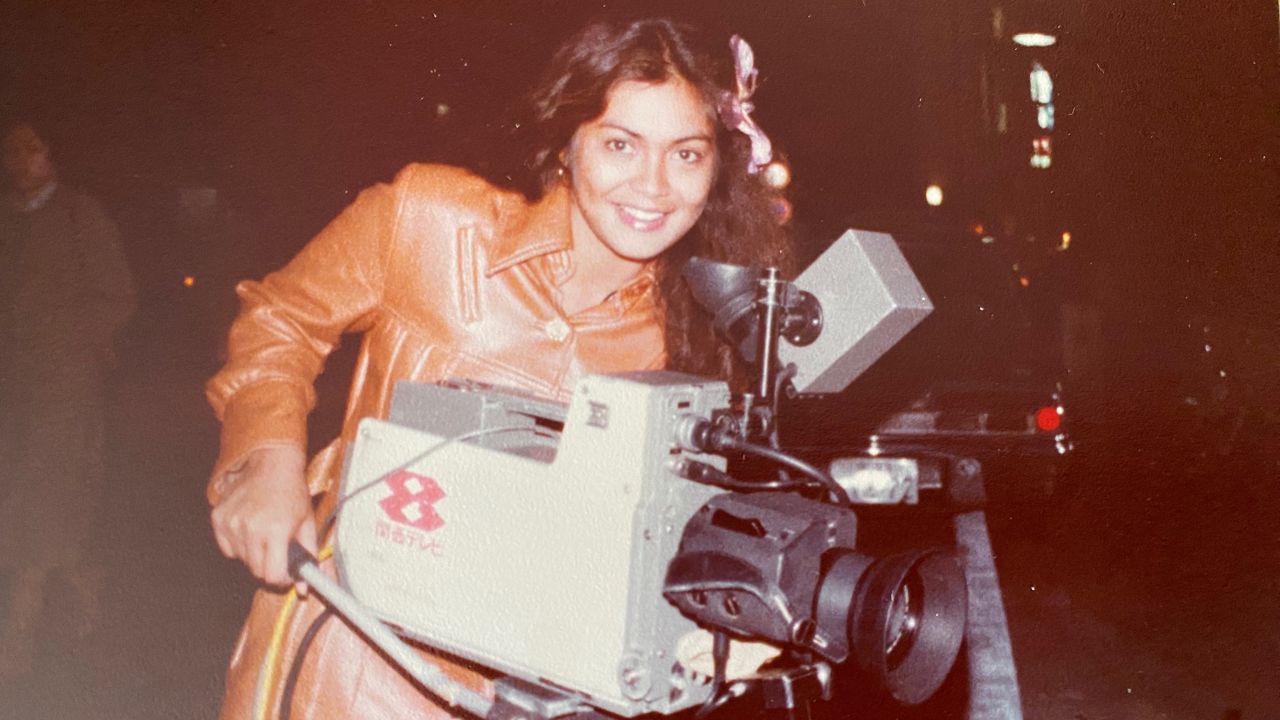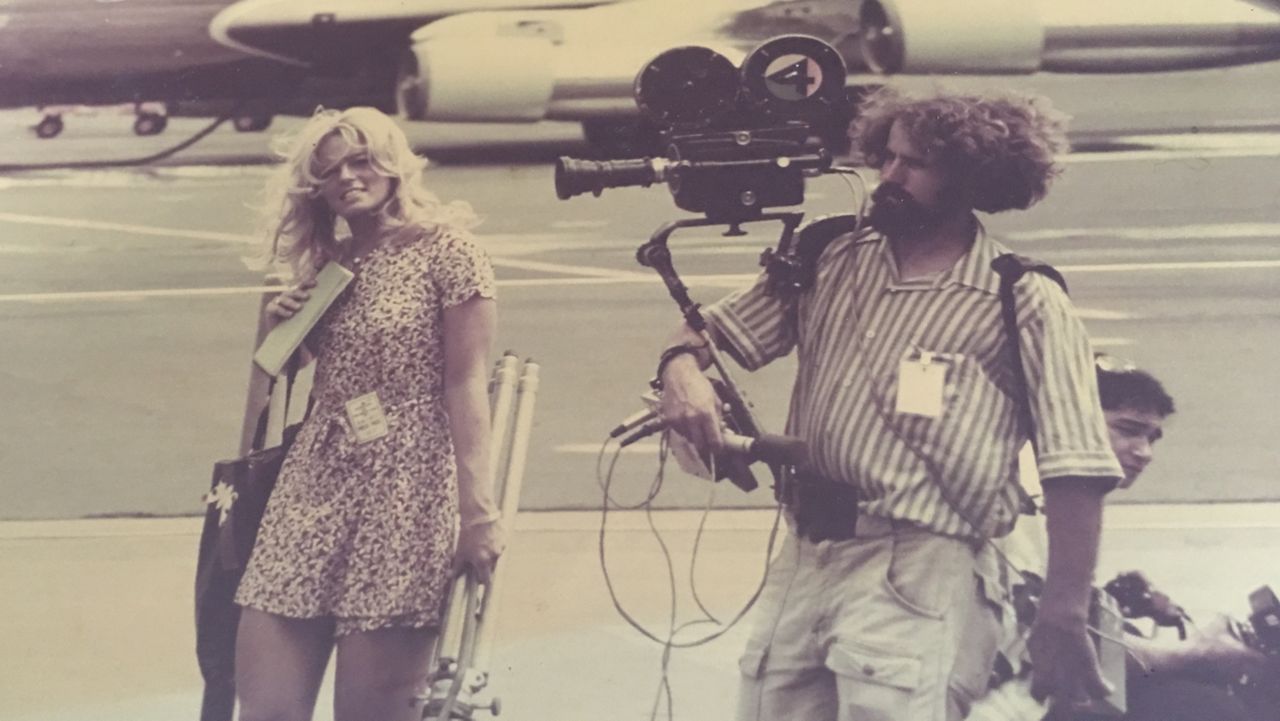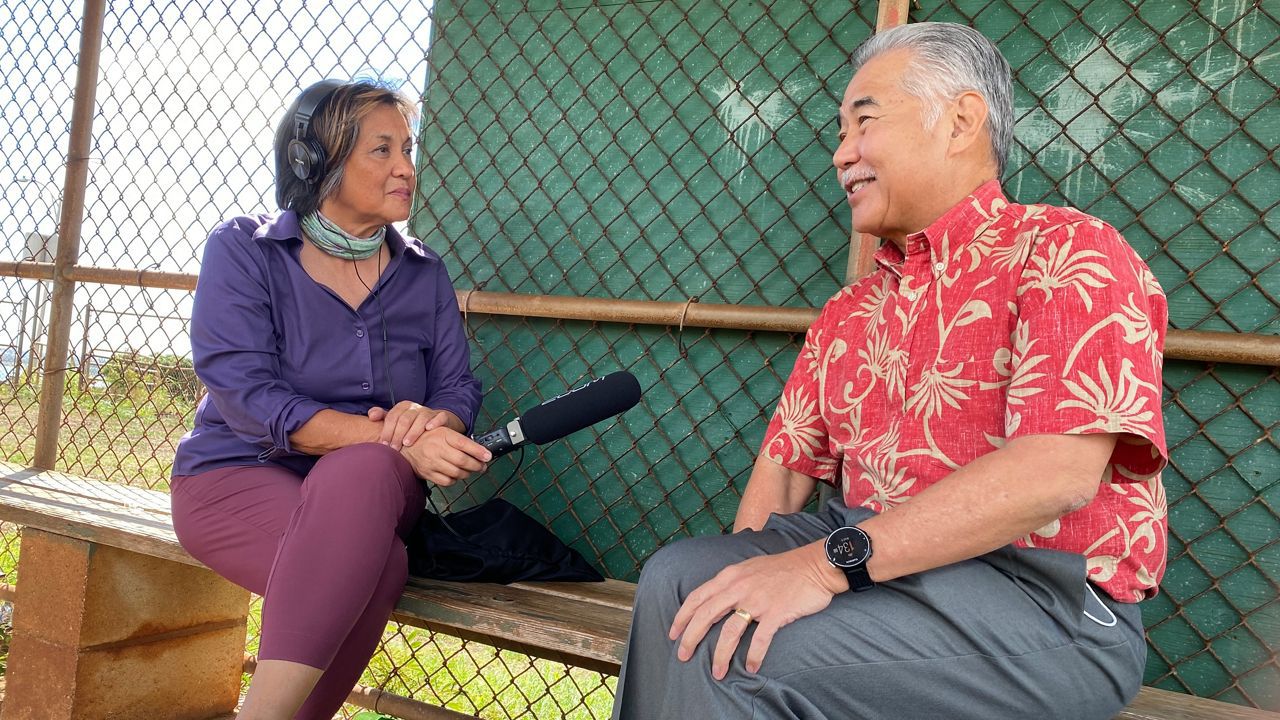This year, Spectrum News Hawaii talked with three women journalists in Hawaii who started their careers in the 1960s and 1970s and paved the way for the next generation. Read their stories by clicking on the links below.

In 1966, Denby Fawcett was only 24 when she flew from Honolulu to Vietnam to report on the war. She was one of just a few women reporters who covered the Vietnam War.
"The one good thing about Vietnam, there was no censorship (for journalists) and you could go everywhere," said Fawcett. "But then, if you want to go out in a combat operation, you have to have the permission of the unit commander … And that was where I ran into trouble."
Many commanders told her, "I can't let you go. 'You remind me of my daughter.'"
Finally, she got permission to join the 2nd Battalion, 4th Regiment, 3rd Marine Division.
"In the early days, it was a ceaseless struggle to be treated the same as a male reporter and when I finally was: a feeling of accomplishment," said Fawcett.
The Marines were fighting on the border between North and South Vietnam. While with them, she witnessed the 1966 battle at the Rockpile, where at least 824 People's Army of Vietnam soldiers and 126 Marines were killed.
"It was the most intense time of my life because every day you'd be covering a story that was so different — either frightening or exotic or fascinating," said Fawcett.
Fawcett grew up in a house in Kahala, a rural beachfront community at the time. She attended Punahou School, graduating in 1959 — the same year Hawaii became a state. She moved to New York City, graduating from Columbia University in 1964. After returning to the islands, she worked for the Honolulu Star-Bulletin, the daily newspaper. She wrote for the women's page, covering parties and gardening.
"It was a man's world," said Fawcett about the environment at the newspaper when she started. She said women were usually only offered "the lowest end of the paper's jobs," like working on the women's page or in the mailroom.

Catherine Cruz reflects on her storied, four-decade career as a reporter in Hawaii
With over four decades as a news reporter, Catherine Cruz has had a front seat in Hawaii's history. She is most proud of the stories about people at pivotal moments in their lives.
At the beginning of her career, KITV would send Cruz to cover bankruptcy court, which she dreaded. "I don't like court, and I don't like numbers," she recalled.
However, the bankruptcy court ended up uncovering highly emotional stories. She reported on the closure of the Hamakua Sugar Company on Hawaii Island in 1994 when hundreds of cane workers lost their jobs, and a way of life ended.
"I was fortunate enough to see that slice of life out there," Cruz said, shedding tears.
She recalls when the Dole Plantation's pineapple cannery in Iwilei closed in 1992, reporting on the "last lunch," a thank-you meal hosted by the cannery for the pineapple workers.
"I just remember seeing all the women giving each other hugs because they thought this was going to be the last time they saw each other," said Cruz.
She remembers the last days at Liberty House in 2001, Aloha Airlines in 2008, and the Honolulu Advertiser in 2010.
"Some of the bankruptcies are the most powerful stories that I remember because they're people stories," said Cruz. "Their lives changed because the company shut down."
The radio host and former TV news reporter got her start in 1978. When she was 20 years old and attending college in California, she returned home to Guam for the summer and got a job at the TV station KUAM.
"I wanted to work behind the camera. I wanted to shoot and edit. And they said, 'Well, we don't have that many openings in production, but we have openings in news. Can you just help out?' So I did and then I got hooked on news," said Cruz.

Linda Coble, Hawaii’s first female TV news reporter and anchor, shattered the glass ceiling
The first time Linda Coble, 76, tried to get a job as a television news reporter, the station manager told her to get “more experience and a sex change operation.” This was in Portland, Oregon, in 1969.
The following year, her grandmother sent her on a Hawaii vacation, and while there, she got a job at KITV as a newsroom secretary. Coble happily took the gig as it got her “foot in the door.”
She swept the floors. She answered the phone. She took the news anchor’s dirty suits to the dry cleaners. She also watched what everyone was doing, absorbing how to be a talented reporter.
“Every once in a while, I was sent out on a story because they needed a reporter and there was nobody in the room,” said Coble while talking to Spectrum News Hawaii at Cafe Julia in Downtown Honolulu. “I ended up coming back with scoops.”
The station promoted her, making Coble Hawaii’s first female tv news reporter, and then soon after that, she became Hawaii’s first female news anchor.
“I knew I had a lot on my shoulders, but all I cared about was telling the story correctly (and telling both sides),” said Coble.
Despite shattering the glass ceiling to become Hawaii’s first female anchor, the sexual objectification of women was still rampant. She said when she became an anchor, KITV built a new set with a glass table.
“They asked me to cross my legs twice a show,” said Coble. “I was so pissed … I never crossed my legs.”
In 1972, KGMB News Director Bob Sevey poached Coble from KITV. However, before Coble, he had been known for not hiring women, saying women’s voices lacked gravitas. Slowly, he adjusted his views.
“I proved him wrong,” said Coble. “When he saw that a woman could produce excellent stories, could anchor the news that way I did, (and) could create ratings going up, he changed his mind.”
Michelle Broder Van Dyke covers the Hawaiian Islands for Spectrum News Hawaii. Email her at michelle.brodervandyke@charter.com.



